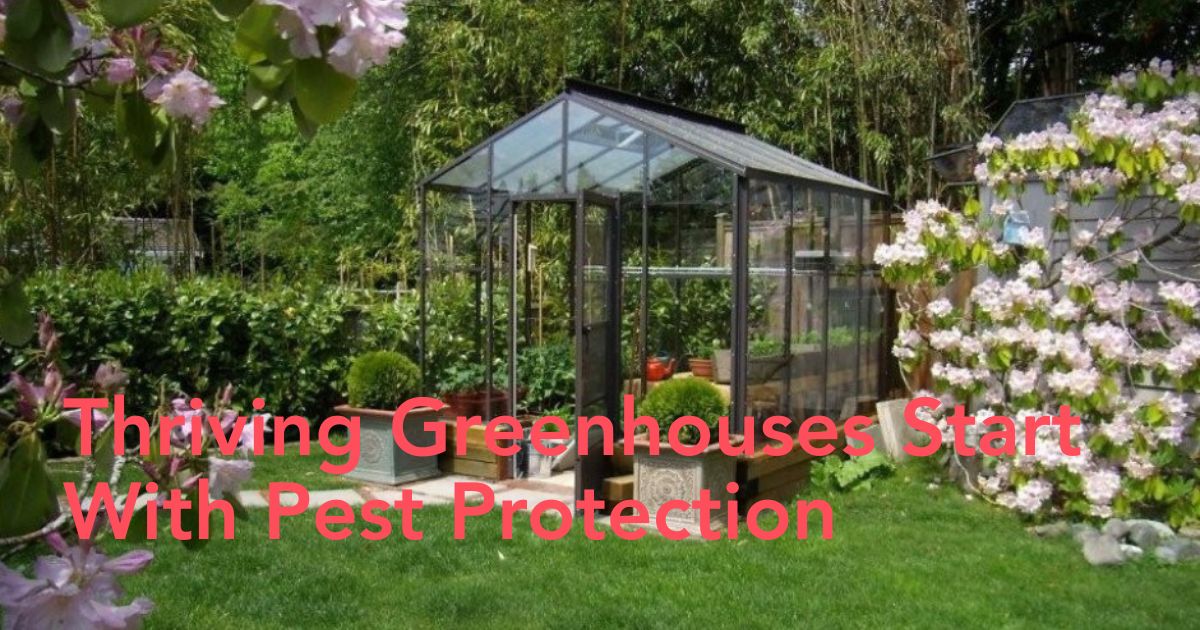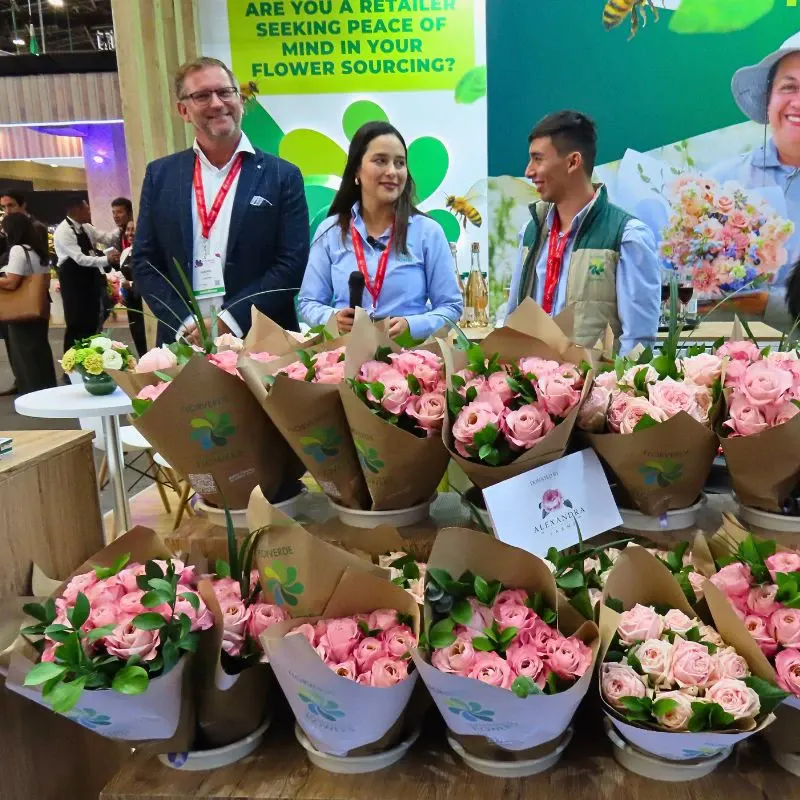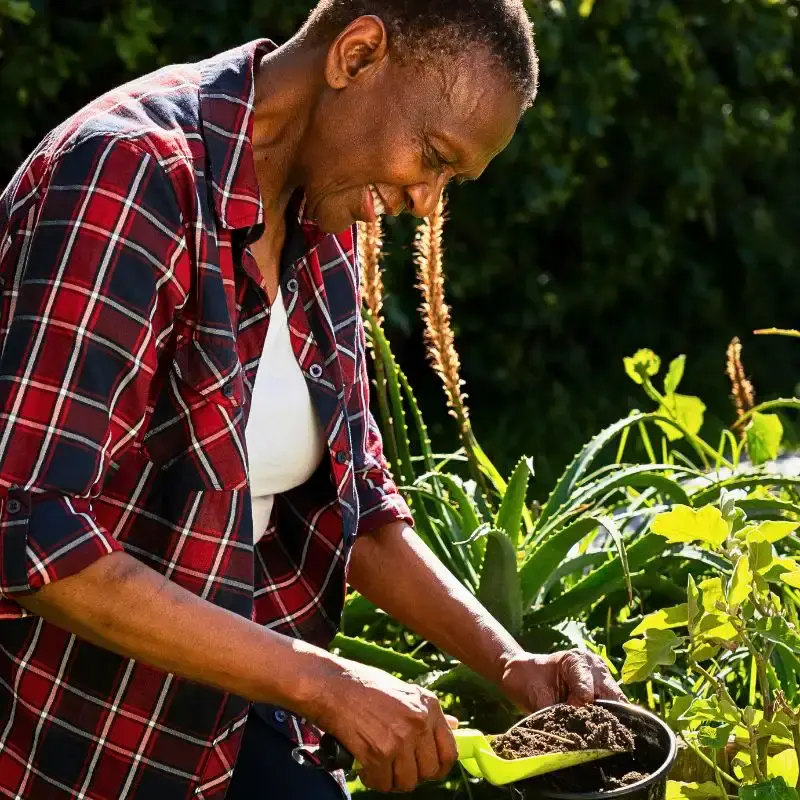Do you currently have a greenhouse or thinking about building one from the ground up?
These controlled environments maintain ideal conditions for cultivating nutrient-rich plant life and produce. Greenhouses must maintain a perfect balance of warmth and moisture; however, this prerequisite can inadvertently attract termites!
Termites receive their nutrients from the cellulose in wood; this activity destroys the structural quality of greenhouses. Such problems can lead to costly repairs and low-performing crops.
If you want to manage a thriving greenhouse, it's crucial to understand the most threatening termite species and implement protective measures for safeguarding your greenhouse and the health of your crops. Here you can read more about: Greenhouse Heating and Cooling Systems
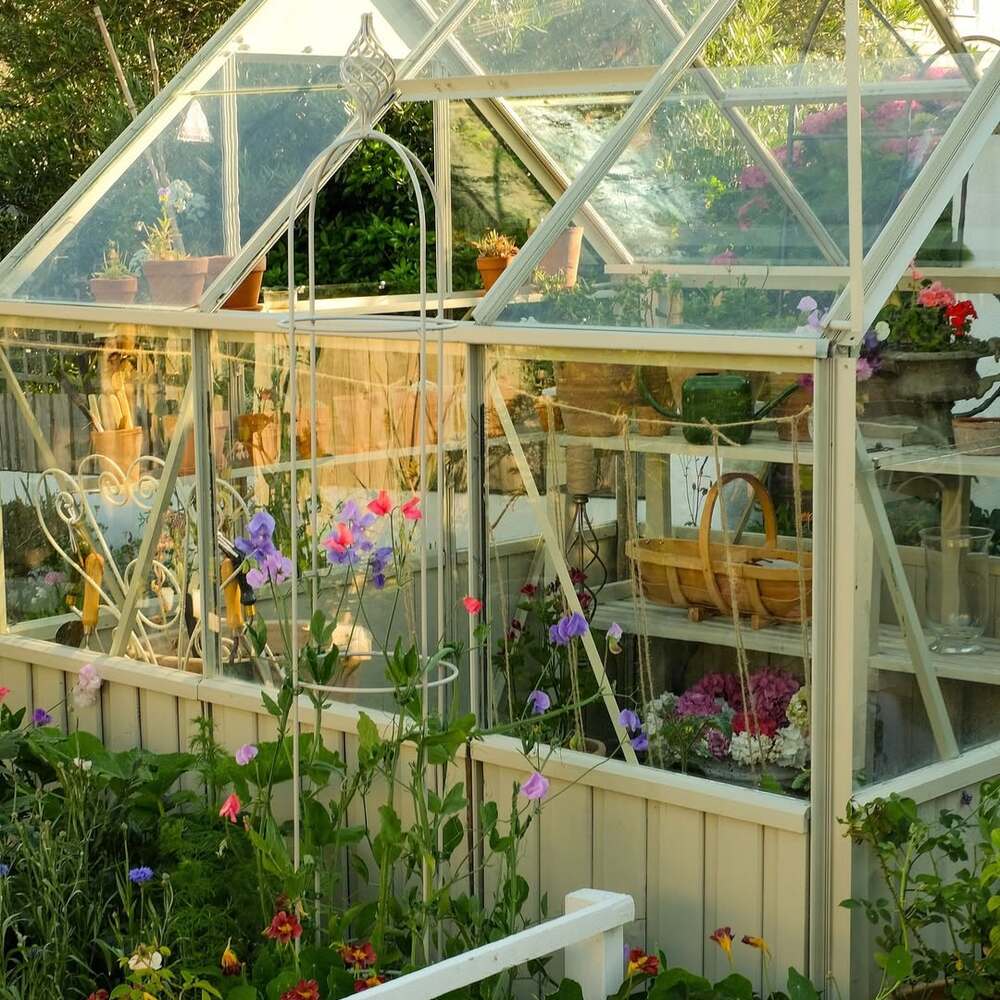
Types of Greenhouse Termites
Which termites could destroy your Greenhouse?
Keep a close eye on possible infestations from two primary species, subterranean and drywood termites. The most destructive of these pests for your greenhouse is a subterranean subspecies called the Formosan termite; this particular pest can trigger extensive greenhouse damage quickly.
Of all the termite groups in the U.S., subterraneans are the most abundant. These greenhouse pests live in large colonies beneath the soil. This species thrives in moisture, sustaining on wood that's closer to the ground.
This termite species constructs mud tubes within greenhouse structures to find wood-based food sources. Termite colonies have large underground networks, home to millions of pests. Their mud tubes are one of the most visible signs of a greenhouse termite infestation; you'll find them in:
- Greenhouse foundation walls
- Wooden supports
- Crawl spaces

Greenhouses are particularly humid, especially if you have one with an irrigation system that's more prone to leaks or condensation buildup. These damp environments are a major draw for subterranean termites. This includes any damp soil around your greenhouse's foundation or wooden elements that are consistently exposed to water, like wood shelving near garden hoses.
Subterranean termites will exploit the smallest cracks in your greenhouse's foundation and structural building materials. They also travel through structural expansion joints and tunnel through soil directly into wooden greenhouse structures that make contact with the ground. The mud tubes allow greenhouse pests to discover wood material several feet above the soil line.
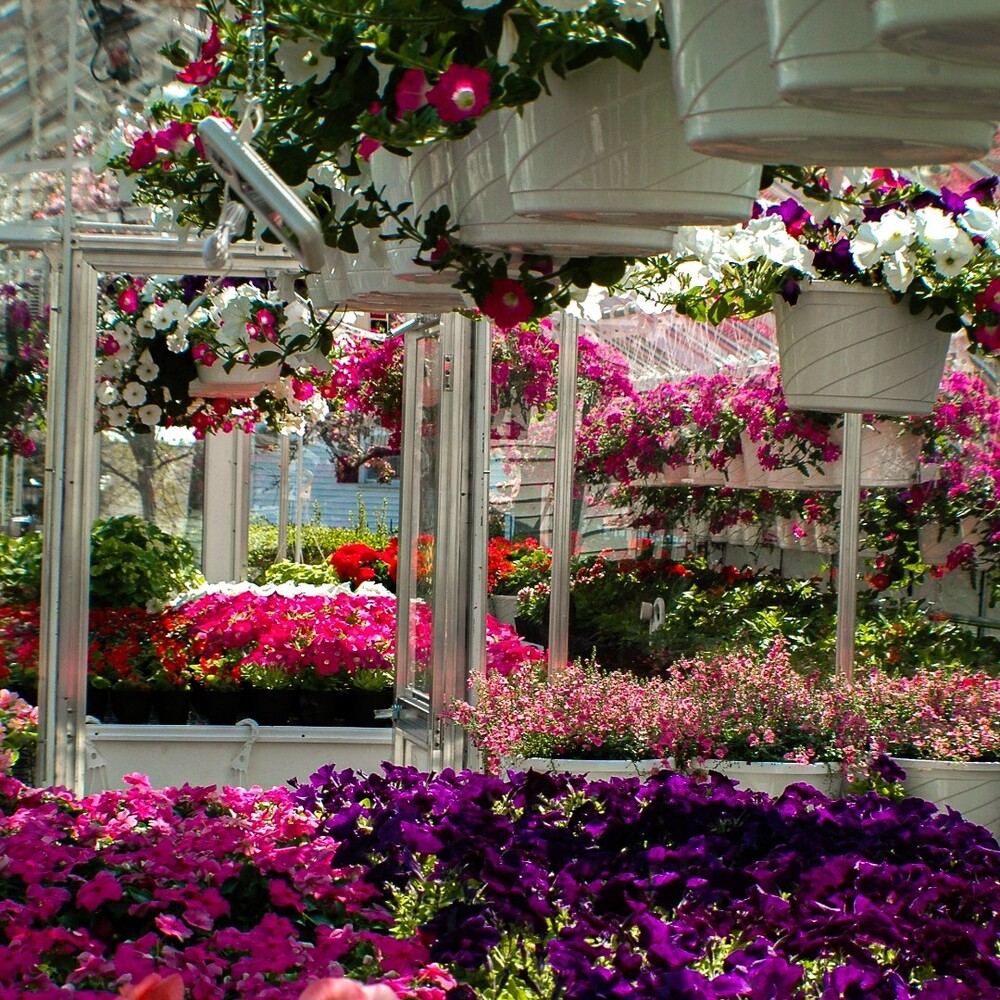
Drywood Termites
Unlike Formosan subterranean termites that live in damp soil near wood sources, drywood termites live inside the wood. These pests also form colonies, but they're smaller and more localized than Formosan networks. Drywood termites don't have to make contact with the soil around (or inside) your greenhouse, as they thrive in relatively dry conditions. However, they're still a clear threat to various wood-based components of your greenhouse.
Drywood termites will target your greenhouse's wooden beam structures, wood benches, and any other wood-based fixture, including shelving, tables, and containers. If you want to spot them, look for an accumulation of frass near termite-infested wood; Frass is termite fecal droppings that resemble small pellets.
While drywood termites are naturally attracted to drier environments, they can still target any dry wood-based components of a humid greenhouse. Think about any wooden elements in your greenhouse that don't come in contact with moist soil or watering supplies; these areas are still vulnerable to drywood termites. Thus, termite pest control for drywood species is just as essential as it is for Formosan termites.
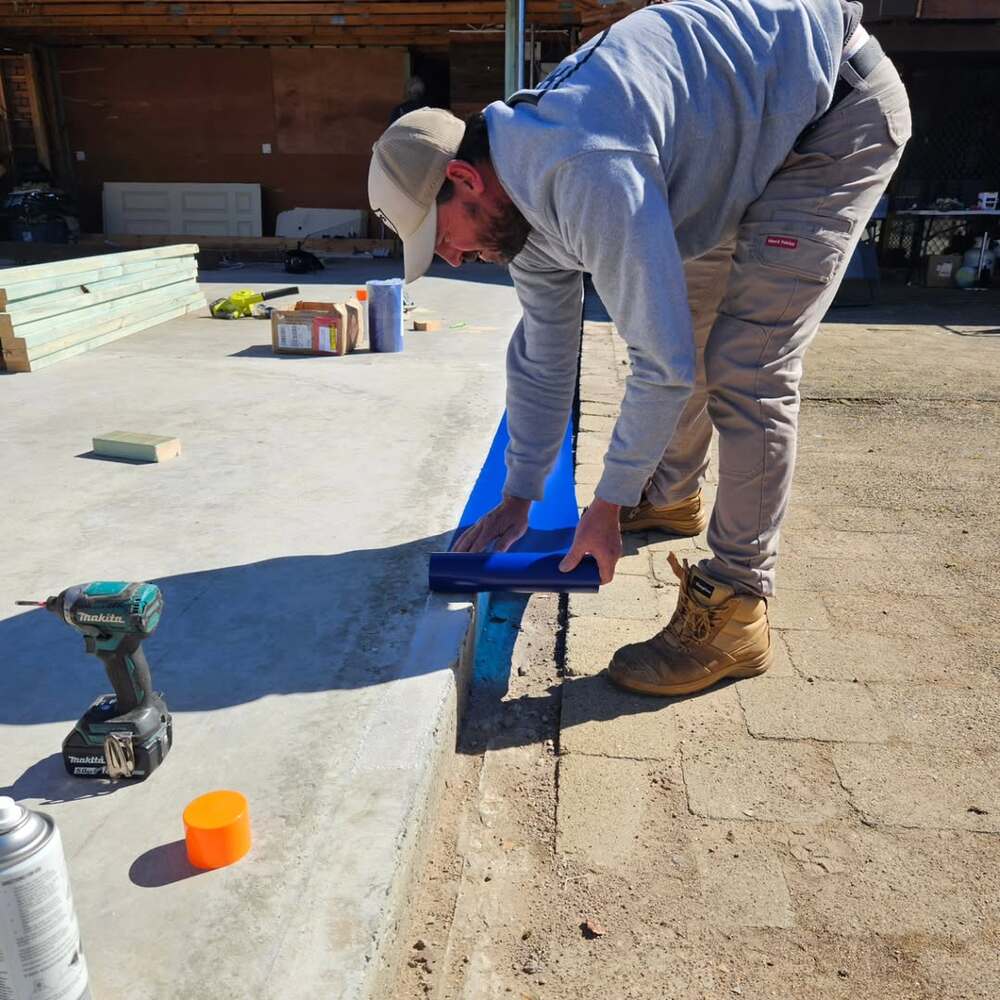
Why Is Your Greenhouse Vulnerable to Termites?
The same characteristics that make your greenhouse ideal for plant cultivation can also attract termites. Greenhouses must maintain elevated temperatures and humidity levels; this can accelerate termite issues. Plus, greenhouse irrigation systems and condensation from warmth and humidity create moist conditions for subterranean termites to flourish. We also have an article on Installing a Fabric Greenhouse: 5 Things To Consider
Adding natural wood benches, shelving, and accents can add a touch of rustic, countryside charm to your greenhouse. However, these additions also serve as food sources for both subterranean and drywood termites.

The Consequences of Termite Infestation
Termites tunnel through structural wood, weakening the greenhouse's structural integrity, which can lead to instability or collapse. When infested, wooden benches and shelving are unable to bear the weight of plants and supplies.
The cost of repairing greenhouse termite damage is also substantial, which can disrupt operations and productivity.

How to Protect Your Greenhouse From Termites
After identifying your greenhouse's biggest termite threats, the next step is to protect your greenhouse from future termite infestations. This process begins with a pest control-informed greenhouse design.

Lay a Solid Greenhouse Foundation
Greenhouse termite protection starts with the building materials and techniques themselves.
Consider termite prevention from the very start and every step of the way. Choose termite-resistant materials that don't contain wood cellulose. Options include:
- Concrete
- Brick
- Stone
As for your greenhouse's structural components, look for termite-resistant building materials like aluminum and steel; these are ideal for greenhouses and can improve the longevity of the structure.
If you can't avoid wood in your greenhouse project, consider wooden materials with chemical treatments that repel wood-attracted insects like termites. There are also wood varieties more resistant to greenhouse pests, like cypress, redwood, or cedar.

Reduce Contact Between Soil and Wood in Your Greenhouse
An excellent way to prevent subterranean termites from entering your greenhouse is to elevate as many wooden components as you can. Ideas include:
- Wood-treated piers
- Greenhouse columns
- Concrete blocks
You can also install metal termite shields between the greenhouse foundation and wooden supports. These shields are specifically designed to prevent the formation of termite mud tubes.

Improve Greenhouse Drainage Systems
Since subterranean termites are naturally drawn to moist spaces, design a better drainage system around your greenhouse, directing water away from the foundation. Install (and maintain) gutters and downspouts to redirect rainwater. Address leaks caused by greenhouse irrigation and condensation

Seal off Greenhouse Entry Points
Next, create a termite-proof greenhouse by sealing exposed spaces that termites could exploit, including:
- Cracks
- Crevices
- Gaps
Check for these problems in your foundation, walls, and utility areas and seal them up with a high-quality (and long-lasting) caulk or sealant solution. Install more termite shields where possible to create continuous physical barriers. You could also install metal mesh materials beneath the concrete or around the perimeter of your foundation.

Stay Proactive Against Termites in Your Greenhouse!
Make termite prevention a part of your overall greenhouse maintenance plan. Understand which pests are most likely to infest your greenhouse and promptly take action through greenhouse design with termite protection at the forefront. Keep in mind material choice, proper sealing, good drainage, and physical barriers.
Take note of these tips and tricks to build and manage your dream greenhouse.

